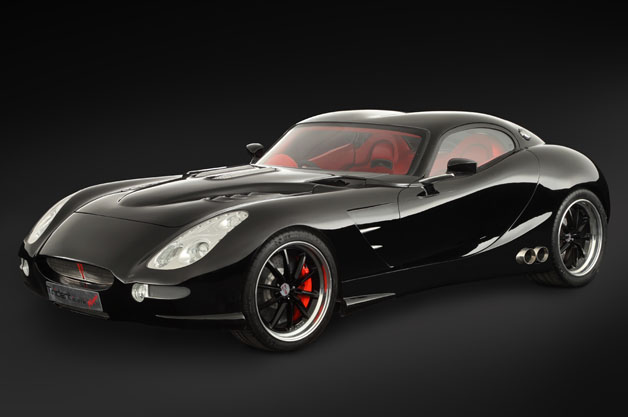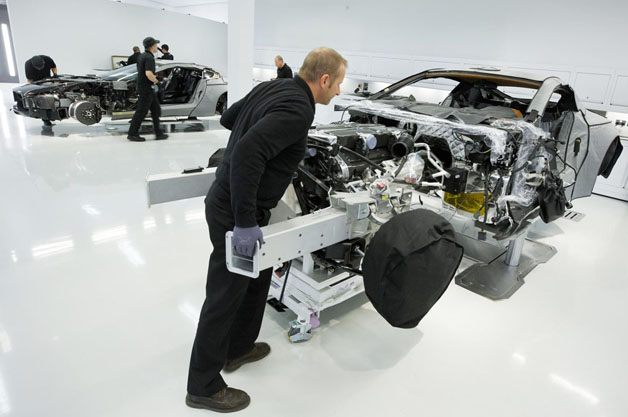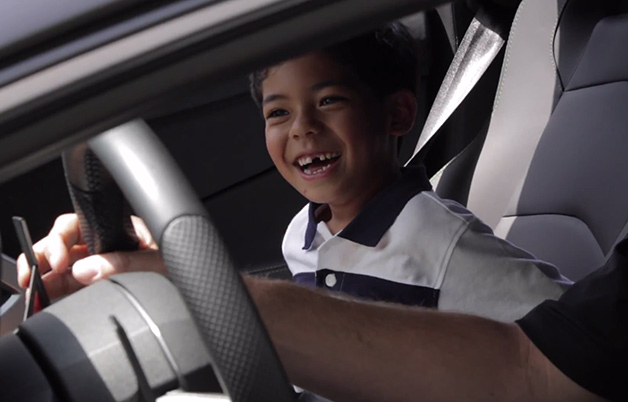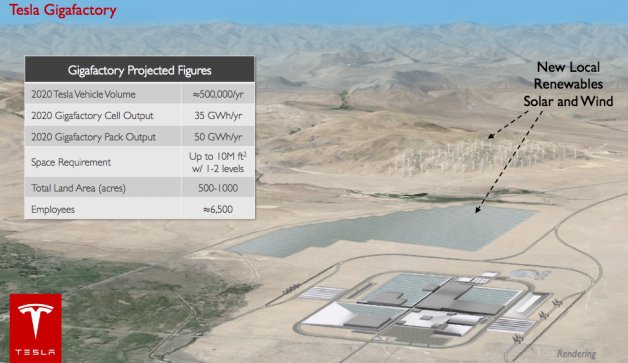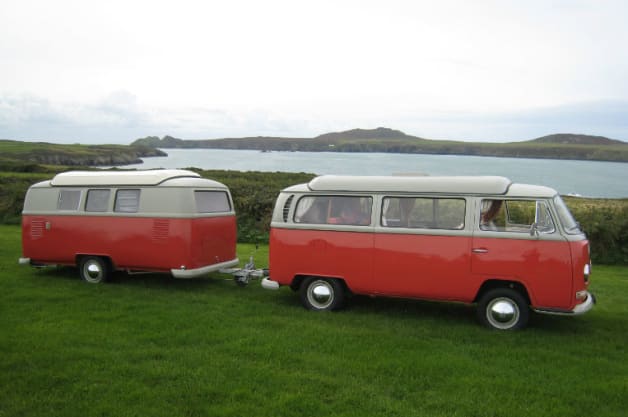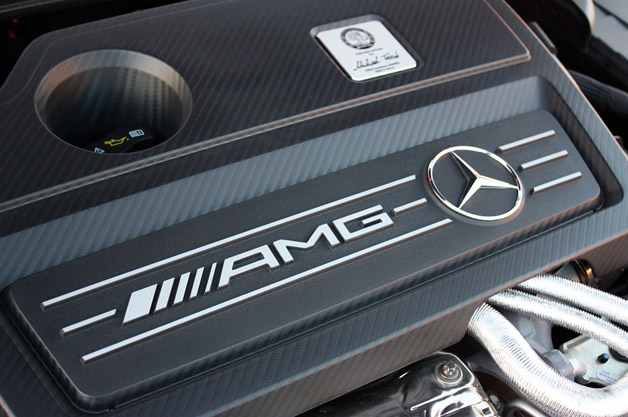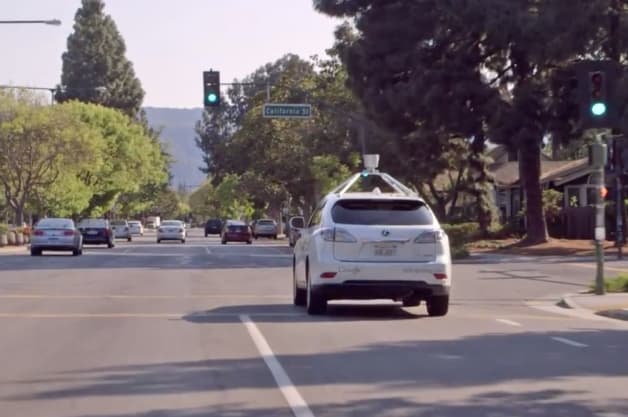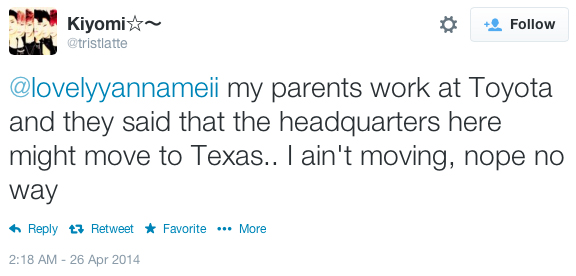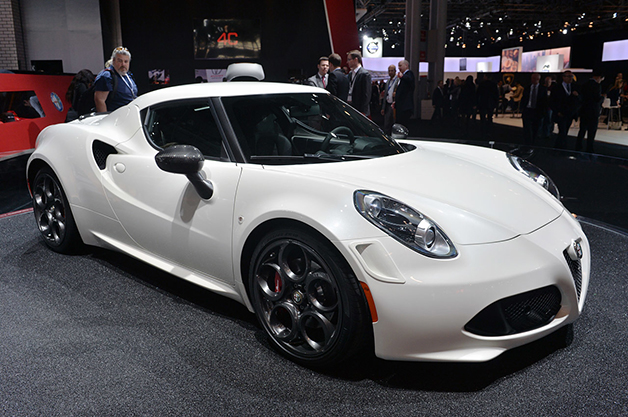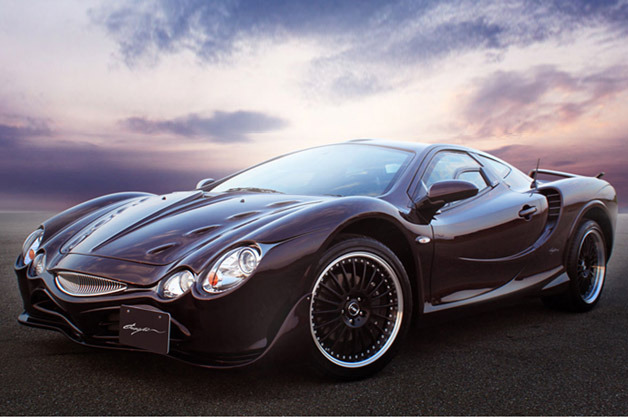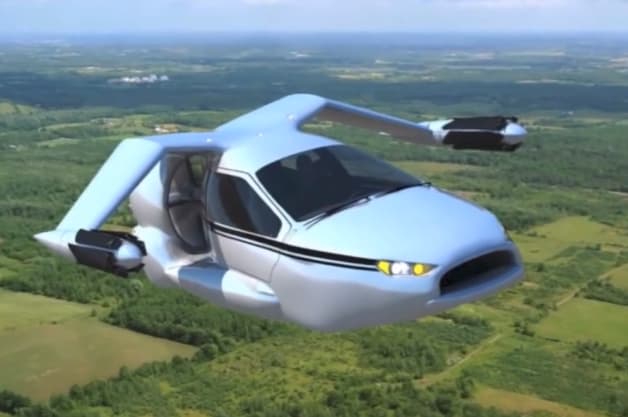The 950bhp hyper-hybrid son of Enzo is here at last. And we’ve driven it. Charlie Turner reports
What is it?
It's the one we've waited a long, long time for. Ferrari's successor to the Enzo, its ultimate distillation of speed, its
magnum opus. LaFerrari.
Easy to get your hands on, then?
Not so much. With a price tag of over £1m apiece, all 499 LaFerraris
were sold before the car was first unveiled at the Geneva Motorshow last
year. This despite the fact that to simply be
considered LaFerrari
ownership material, you needed (a) at least five Ferraris in your
collection and (b) a first-name-terms relationship with
Ferrari Chairman Luca Di Montezemolo, who personally approved all 499 owners. And thankfully let us have a shot, too.
So how does it work?
Ferrari heralds its creation as a rolling showcase of the limits of
road-going possibility. Having sat through a three-hour technical
presentation in which Ferrari's finest engineers attempted to explain
degree-level theorems involving complex maths, physics, chemistry,
aerodynamics and materials science, Top Gear has to agree with this
assessment.
So here's the shorthand version. At LaFerrari's heart lies a
6.3-litre V12, which fires 789bhp through a seven-speed dual clutch
gearbox to the rear wheels. And what an engine: arguably the greatest
V12 in Maranello history, a twelve-cylinder heart that revs to a
staggering 9250rpm redline.
In any normal game of supercar Top Trumps, 789bhp would be sufficient
for victory, but in the hypercar stratosphere defined by the
P1 and
918,
that's merely the down-payment. Pinching tech from its F1 outfit,
Ferrari has added a Hy-Kers hybrid system to the V12, not just to
improve its green credentials but to make an already ballistically fast
car even faster.
Tell me about the electric bits.
The Hy-Kers system provides an additional 161bhp - or very nearly a
Fiesta ST's worth - of instant power through the electric motor mounted
to the back of the gearbox. Unlike the 918 and P1, you cannot plug
LaFerrari into a wall, nor cruise silently in all-electric mode - the
e-motor is there to add punch to the petrol engine, not replace it.
And what punch it adds. The Hy-Kers fills out the bottom end of the
torque curve of the viciously high-spinning V12, meaning an utterly
constant, stupefying surge of power from anywhere in the rev range to
literally anywhere else.
Stats? With a total combined output of 950bhp, LaFerrari will get
from 0-62mph in 2.9 seconds, hit 124mph four seconds later, and top out
‘in excess' of 218 miles an hour.
OK, got it. It's very exclusive, very complicated and very powerful. But what's it actually like?
As you open the front hinged swan doors and drop into a cockpit
decked wall-to-wall in carbon fibre and leather, the first thing you
notice is the seat adjustment. Or, rather, the lack of it.
The seat forms an integral part of the LaFerrari's tub, so each owner
will have their own set of seat pads tailored for them before delivery.
To get comfy, you pull a lever below your right thigh to release the
pedal box and adjust the pedals to the perfect distance, race car style.
Shut the door with a hefty thud, adjust the steering wheel, insert the
key - yes, it still has one of those -and watch the TFT screens blink
into life. Thumb the ‘Engine Start' button. Instantly, the V12 soul of
LaFerrari barks into life, a sound that talks of pedigree, potential,
and power. This is it.
Truth is, even if you're lucky enough to have driven supercars
before, nothing quite prepares you for a moment like this. Emotions?
Excitement, no question. Privilege, too. But mostly fear. Quite a lot of
fear.
So it's scary to drive, then?
No. Strangely, it doesn't take many minutes on the road before the
fear melts away. Supercar rules dictate that size matters, so you expect
it to be vast, but LaFerrari despite its complex drivetrain is actually
40mm narrower than the Enzo. Which is a good thing, given we're trying
to explore the ultimate Ferrari's road car potential on a narrow ribbon
of rutted, hairpin-riddled Italian B-road.
But rather than a hair-raising, sweary sweat-fest, the LaFerrari is
surprisingly... easy. The seating position, visibility and scale of the
car allow you to place it neatly on the road - an unusual sensation in
any hypercar. The steering serves up high-definition feedback without
ever turning hyperactive, while there's a suppleness to the suspension
that allows the LaFerrari to slip over the worst the broken Italian
highway can throw at it.
And when you put your foot down?
Forget all you know about fast: this is a whole new stratosphere of
performance, a relentless accumulation of speed accompanied by the
greatest automotive soundtrack in the world. You don't so much
accelerate in LaFerrari as warp scenery. As the V12 screams its way to
the 9250rpm redline, the Italian countryside is hauled back and fired
out of the rearview mirror.
Read our in-depth Porsche 918 review
As the LaFerrari pours down this tight and broken strand of tarmac,
there's a hypnotic violence to proceedings: second, third, fourth, brake
hard, down two gears, dual clutch box firing ratios faster than you can
process, accelerate, third, fourth, repeat...
It's violent, visceral, synapse snapping, and utterly, utterly addictive.
Does the hybrid-stuff work?
Seamlessly. Some worried that the integration of hybrid technology
would blunt the Ferrari experience, but the Hy-Kers system dovetails
immaculately into the drivetrain, simply adding yet more sharpness to
the big V12. It's so seamless that you're unaware of the e-motor even
doing its thing, your senses overloaded by your right foot's connection
to what feels like the most instantly responsive V12 in history.
And what about on track?
Again, not half so scary as you might expect. Yes, the LaFerrari will
do sideways if you've got the talent - not to mention a wallet big
enough to cover the repair bill should things go wrong - but keep it
pointing forwards and you'll discover a massively fast, surprisingly
accessible track car. Within just a couple of laps, it's clear LaFerrari
has a depth of ability you would never grow tired of discovering,
encouraging you to push ever faster and exploit its genius to the very
limit.
So it's a bit good, then?
More than a bit good. LaFerrari is an intoxicating blend of earth-shattering performance and confidence-inspiring technology.
A 950bhp hypercar shouldn't be easy to drive, but this one is. That's
the genius of LaFerrari, which takes the concept of driver aids that
heighten rather than blunt the experience and propels it into a new
dimension, which grafts F1 tech to a vast, traditional V12 to showcase
the very best of Maranello old and new.
Put it this way. Christening this car ‘The Ferrari' was a high level
gamble that could have backfired horribly. But really, the LaFerrari is
just that.
The Ferrari.
Issues?
Just one. So exhilarating, so extreme is the LaFerrari that it feels
more an end rather than a beginning. With legislation strangling the
upper reaches of the automotive performance envelope, are we living in
the final, ultimate age of hypercars? Where can fast possibly go from
here?

